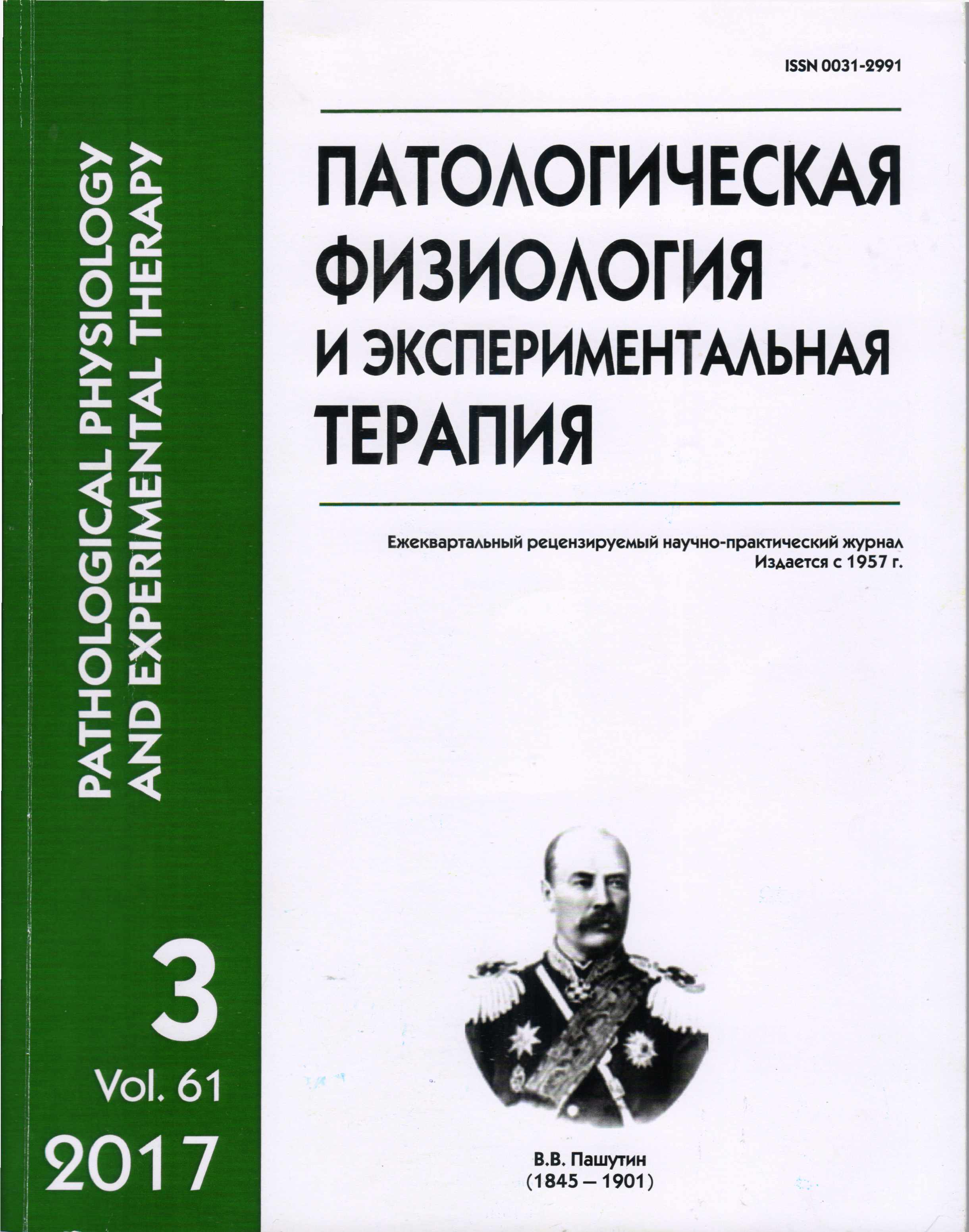Delivery of β-galactosidase gene in vivo with amphyphylic and combined liposomes
Abstract
Purpose. Receipt of safe and effective vector for the purpose of genetic therapy remains the topical and unsolved problem inspite of many laboratories efforts in the world. Synthesis of substances which have affinity to DNA and stabilize its helix and also have the moieties recognized with the cells of the desired organs is one of the perspective way in these investigations. Study of the effectivity of β-galactosidase bacterial reporter gene transfer with liposomes containing synthetic cholesteroyl derivatives of the oligoethylen/propylen/imine dicholenim and tricholenim and also lactosylated diglycerid (lactosolipid, LacS) to mouse organs was the purpose of these work. Methods. Previously ability of cholenims to form complexes with DNA of the optimal for transfection size (100-200 nm) was confirmed by electron microscopy technique. Testing the non-toxicity of cholenims in vivo and injections of phosphatidylcholine(Ph)/dicholenim, Ph/tricholenim and Ph/lactosolipid/dicholenim liposomes complexed with the pCMV-SPORT-β-gal plasmid to the liver portal vein were carried out on the mouse males of the ICR strain of 30-40 g of weight. The intact animals were as a control. Results. The ability of cholenims to form complexes with DNA was confirmed with electron micrographs. Complex sizes (100-200 nm) were optimal for in vivo transfection, and holenims were found non-toxic ones. The well-marked transfection of the animal’s inner organs including liver which is the main target of the genetic therapy was detected in two days after injection of the complexes by histochemical reaction of the cryosections with Х-Gal and the consequent light microscopy of the sections. Conclusion. It is concluded that the lactosylated lipid LacS and the oligoethylen/propylen/imine derivatives cholenims are not less safe and effective for achieving expression of the functional gene in vivo than the commercial ones and are promising for the effective targeted gene delivery.






